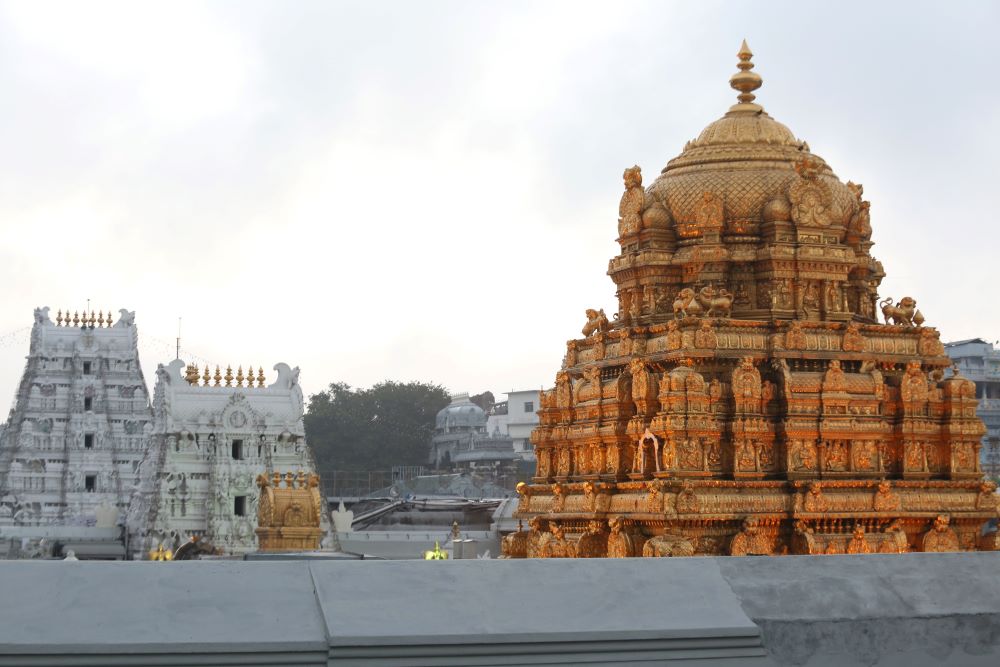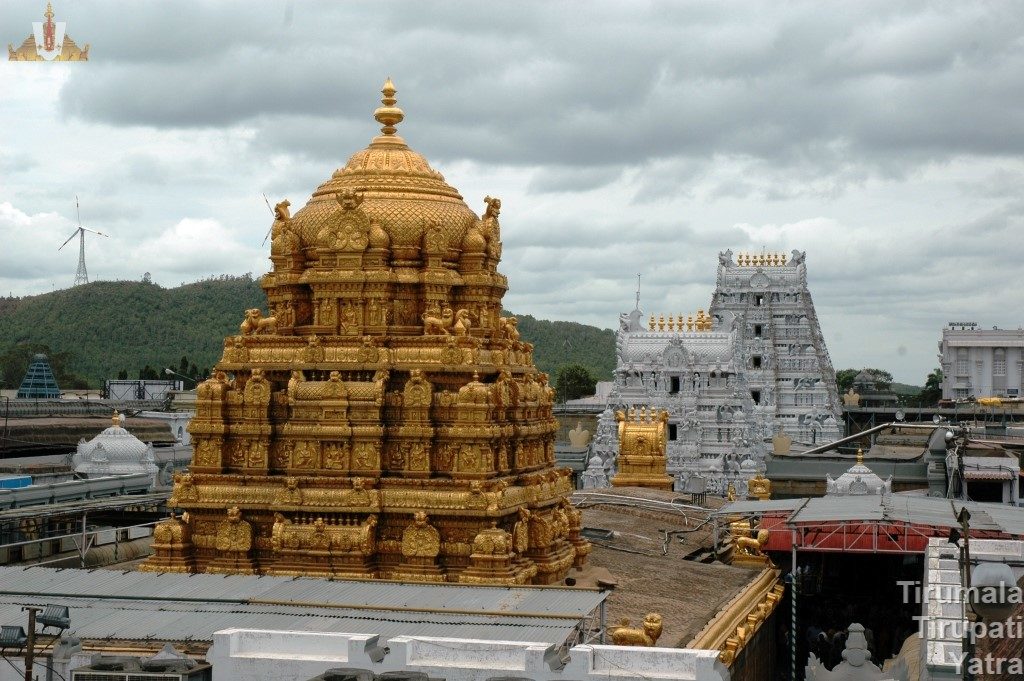Vaarotsavas – Weekly Services / Weekly Sevas A few services are rendered to Lord Sri Venkateshwara as Vaarotsavas once a week without fail. Every day is a festival day in Tirumala. On each specific day, the Lord of Lords blesses His devotees in a specific ritual during the weekdays. These rituals are categorized as weekly Read More
Tag: Tiruppavada Seva
On every Thursday a worship by name ‘Tiruppavada Seva’ takes place. On that occasion they prepare 420 kilos of pulihora i.e., masala tamarind rice. The heap of this rice will face the Chief Idol near the golden door.
Potu (kitchen Hall) – Inside Tirupati Balaji Temple
Kitchen Hall (Potu) Inside Tirumala Temple ‘Potu’ according to temple traditions gives the meaning of kitchen hall or room. Here tasty delicious sweets are prepared. When we come out of the golden door, after having the darshan of ‘Pratyaksha Daivam’ i.e., God visible to the naked eye, we will be entering the premises of Vimana Read More
5 Idols of Tirupati Balaji – Pancha Berams
Pancha Berams of Tirupati Balaji Lord SRINIVASA is the heavenly Wishing Tree (kalpa taruvu) to those who yearn for Him, gold to those who hold his hand, advance honorarium to those who worship Him, a diamond on hand to those who serve Him, the Ultimate God to those who conceive of Him, fulfiller of desires Read More


